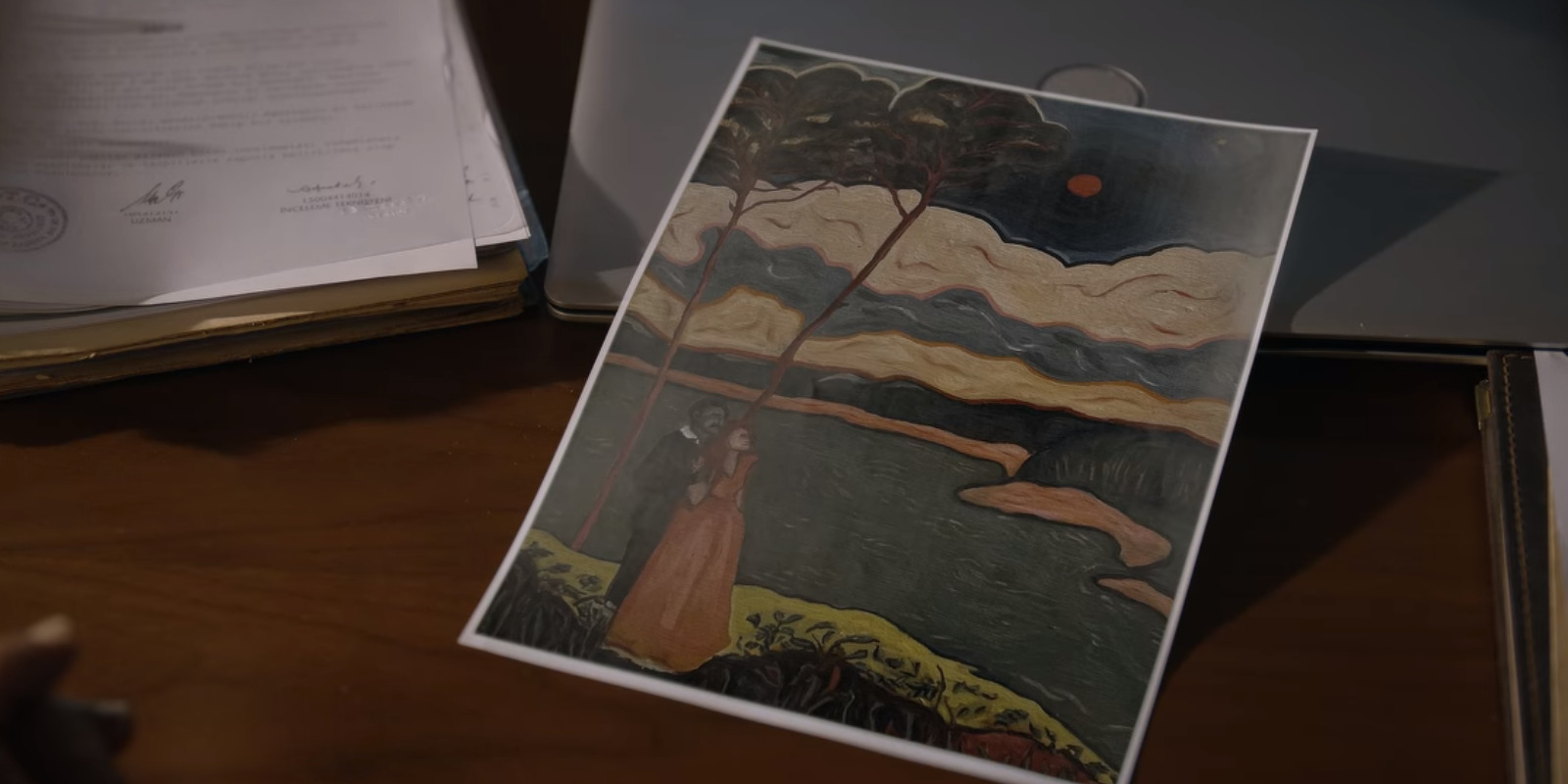Netflix’s Turkish romance thriller, ‘Art of Love,’ revolves around the complicated love life of an Interpol officer who shares a taut past with the art thief she’s after. Alin of the Arts Crime Units has been tailing an art thief with an M.O. of stealing the most undervalued paintings in the most valued galleries. Nevertheless, despite her best efforts, the criminal manages to elude every time. Therefore, once she discovers that the thief is actually her ex-lover, Billionaire Güney Arat, she comes up with the plan to catch the man red-handed by sleuthing back into his life undercover.
As a result, Alin finds herself growing close to Güney again while attempting to expose his crimes without falling back in love with the man. However, as the viewers accompany Alin and Güney in their thrilling adventures, ripe with manipulation, backstabbing, and infatuation, they can’t help but wonder how much reality is behind the art world portrayed in the film. For the same reason, you must be curious to know whether elements, such as the C’e L’amore painting and the Prague Novel Gallery, have a basis in real life.
Art of Love Fabricates Much of Its Artistic World
While ‘Art of Love’ finds its setting within the art world, frequenting galleries and exhibitions in Istanbul and Prague, the film primarily remains a romance at its core. As such, most of the artistic plot details and tools that the narrative equips end up being in service of the central push-and-pull romantic relationship between Alin and Güney. For the same reason, C’e L’amore and the Prague Novel Gallery, both of which play instrumental roles in the art thefts depicted in ‘Art of Love,’ are rendered works of fiction confined to the film’s fictionality.

The C’e L’amore painting is one of the earliest pieces shown in the film that falls victim to Güney’s thievery. However, much like the art thief himself, the art piece is also likely fictitious in nature. In reality, there are no records of such a painting. As a result, it seems most probable that the film’s creative department constructed the painting as a prop for the project.
In the same vein, The Novel Gallery in Prague, which became the spot for one of Güney’s robberies, also has no roots in real life. Consequently, it’s also only a fabricated detail created in service of the plot. Since Alin and Güney’s storylines are so intimately connected to their respective roles within the art world— as the thief and the police officer after him— these details remain intrinsic to their storylines, with the narrative employing them as world-building elements.
By infusing the narrative with such details about made-up art, artists, and exhibitions, the film enhances the ties between the trope-filled romance plot and the dynamic art world that distinguishes the film within the genre. As such, the C’e L’amore painting and the Novel Gallery in Prague both help accentuate a vital thematic and narrative aspect of Alin and Güney’s love story.
Similarly, the film also fictionalizes a painting by the famed Russian painter Wassily Kandinsky, which becomes a crucial plot point near the climax. Thus, these components belonging to the art world have no tangible counterparts in real life, cementing the fictionality of the artistic circles presented in the fictional world of ‘Art of Love.’
Read More: Art of Love: Is the Netflix Movie Inspired by a Real Art Thief?


You must be logged in to post a comment.